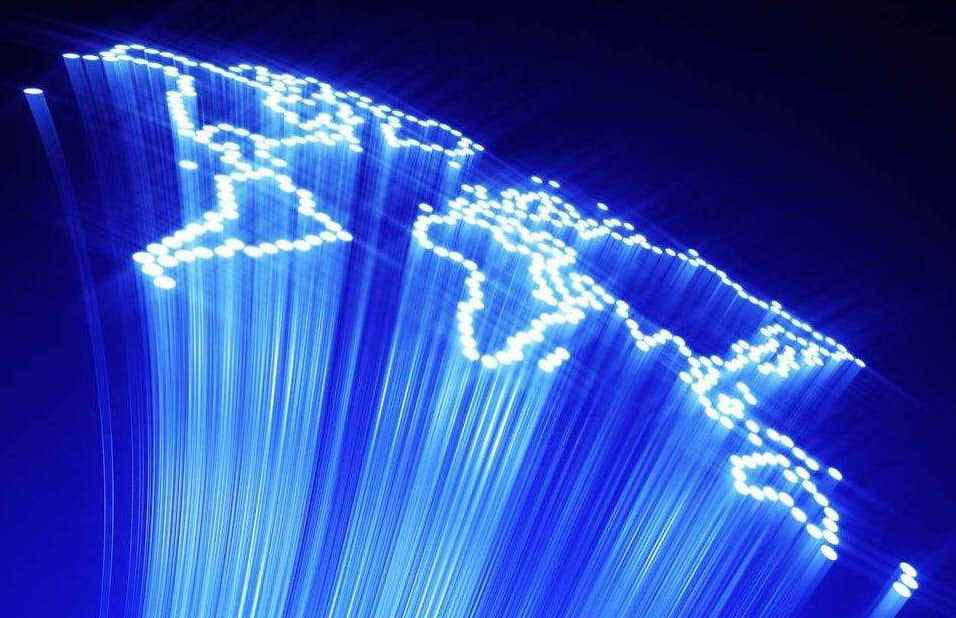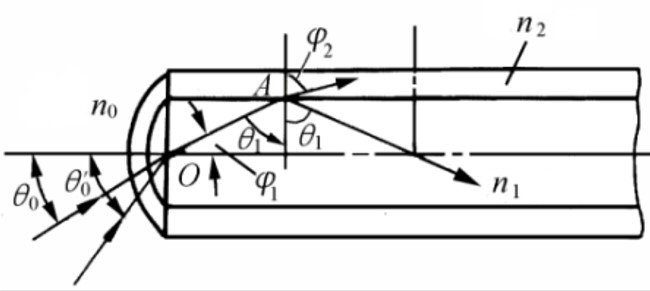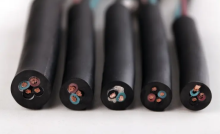Com funciona el cable de fibra òptica?


Fiber optics communication
La fibra òptica ha estat un dels principals pilars de les comunicacions modernes. Té una gran capacitat de comunicació i una llarga distància de transmissió. També té l'avantatge de ser altament sensible i immune a les interferències electromagnètiques. Així que, com transmet exactament la fibra òptica els senyals òptics?


Conversion of electrical signals to optical signals
Optical fiber is the carrier for optical signal transmission. And optical signals are converted from electrical signals. The device that can realize the electrical and optical conversion is called an optical transmitter. In an optical fiber system, the optical transmitter is the signal starting point of the fiber optic line.
The light pulse signal is generated by a light emitting diode or an injected laser. Through the lens, the light pulse signal is concentrated into the fiber media, so that the light pulse is transmitted along the line in the fiber media.
Fiber optic signal transmission
The transmission of optical signals (transmisión de señales ópticas) is accomplished by the principle of total reflection of light. When the angle of incidence exceeds the critical angle, the light pulse moves easily along the fiber optic line through the reflection of light.
Both the glass core and the glass cladding have an inherent property, namely refractive index. This is a fundamental parameter that measures the speed of light propagation through an object. In order for the system to function properly, the cladding should have a slightly smaller refractive index than the core. This means that the light can travel all the way through the fiber in a sawtooth path.
Conversion of optical signals to electrical signals
After transmitting the optical signal to the other end of the system via optical fiber, the optical signal needs to be converted into an electrical signal. Only then can various network devices be used. The device that can perform this function is an optical receiver.
The main component of the optical receiver is the photodetector. The most important part of the photodetector is the photodiode. It uses the photoelectric effect of the semiconductor to reduce the light signal to an electrical signal. Then the electrical signal is amplified and the qualified electrical signal is output through other processing. This process enables the restoration of electrical signals with essentially no attenuation.
In the age of the Internet, optical signals are an essential way to carry out information transmission. The information sent in the usual communication using cell phones and computers is in the form of electrical signals.
With a basic optical communication system, a circuit consisting of an optical transmitter, an optical receiver, and an optical fiber can be formed. Optical repeaters, fiber-optic amplifiers and wavelength division multiplexers are also used to ensure long-distance signal transmission (transmisión de señales a larga distancia) quality and increase transmission bandwidth.
Recent Posts
How to quickly understand what three-phase cable is? Favorite here!
In the world of industrial and commercial power distribution, three-phase cables play a critical role…
Tempestes i inundacions! Com protegeixen la potència els cables impermeables?
Introduction In recent years, heavy rainfall and flooding have become increasingly frequent worldwide, causing severe…
El paper i els reptes de la indústria del cable en l’economia circular
Introduction As sustainability becomes a global priority, industries across the spectrum are reevaluating their operations…
Com pot la indústria del cable afrontar el repte global de la cadena de subministrament?
The global supply chain is an intricate and essential network that connects manufacturers, distributors, retailers,…
L’impacte de l’energia renovable en la demanda de cable
Introduction The global shift toward renewable energy has become a cornerstone of efforts to combat…
Previsió de tendència del mercat de cables globals 2025
The global cable market is integral to a wide array of industries, including energy, telecommunications,…


